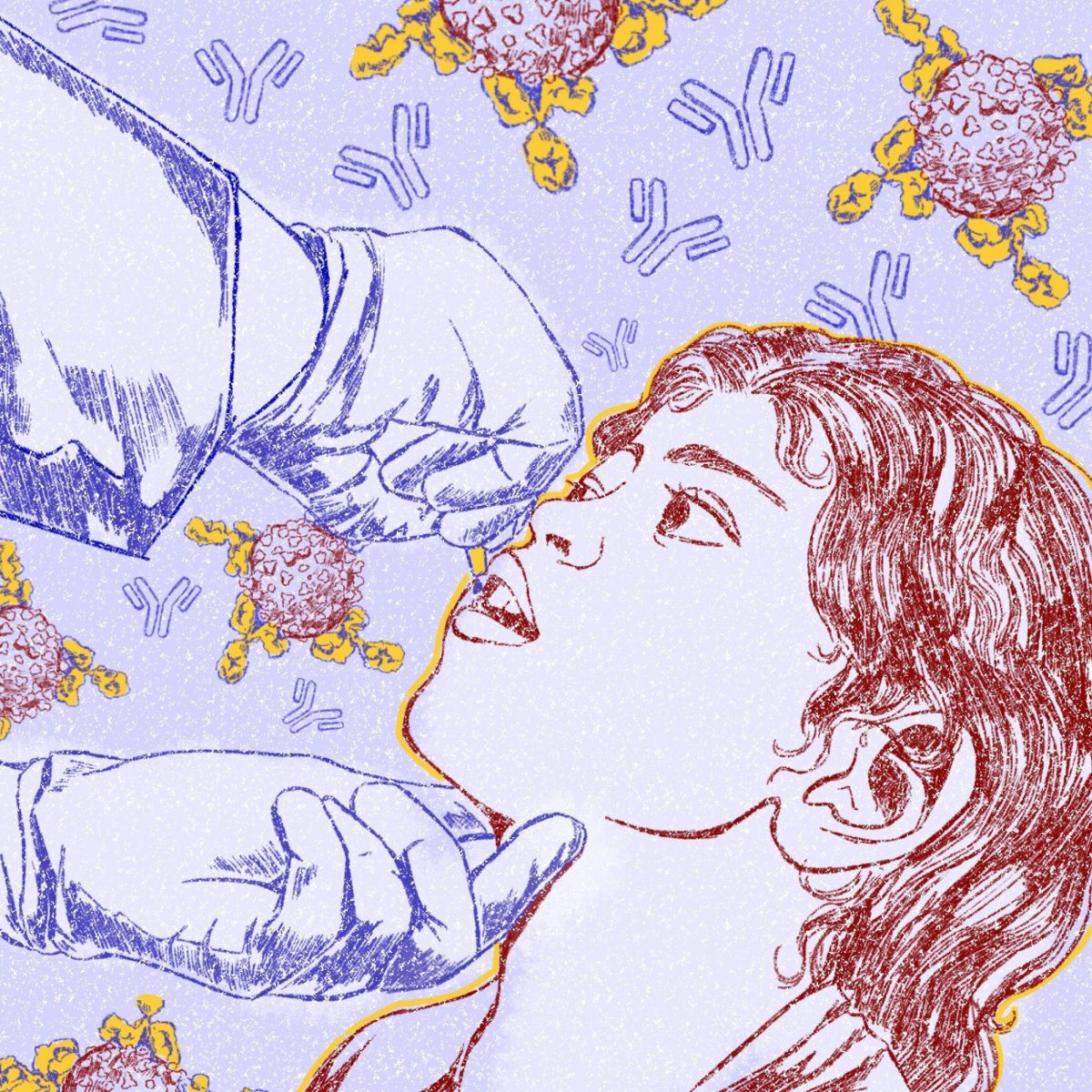Less money means fewer babies, said a Centers for Disease Control and Prevention statistician.
From 2007-2009, birth rates for women ages 15-44 fell about 4 percent for most states, the CDC reported in February and March. This change includes a birth rate decline of 8 percent for teens, with a record low of 39.1 births per 1,000 teens ages 15-19. Economists and the CDC agree the cash-flow crunch is to blame.
Stephanie Ventura, the CDC’s chief of reproductive statistics, said there is a direct connection between the declining birthrate and the struggling economy. Financial troubles can cause strain on people, causing them to postpone having families.
“This is the third year in a row the birth rate is declining, and we don’t have any [concrete] data,” Ventura said. “People have speculated that it is a downturn in the economy because rates have declined for all ages except for women in their 40s.”
The CDC recorded data that birth rates for women over 40 are actually on the rise. This may be because more women are attending colleges or universities and waiting to settle down, she said.
Alfred Norman, a professor in the School of Economics, said the CDC’s findings do not surprise him.
“If there has been a dip since 2007, it is due to the recession,” Norman said. “Having a child is a major investment. There is also a long-term trend due to women entering the work force, as opposed to a cyclical trend like the baby boom.”
The drop in immigration to the U.S. may also impact the birth rate, he said. Nearly all major population subgroups report drops in fertility rates, including Hispanic women who bear the most children out of any minority group in Texas, according to statehealthfacts.org. In 2009, Hispanic women had fewer children than any year on record, according to the CDC.
Young adults may also be more tentative to taking precaution as they see their surroundings affected by the recession. A crippled job market and various budget cuts are difficult to ignore.
Economics professor Daniel Hamermesh also recognized the widespread range of theories that explain the birth trend.
“It is well known that in a recession birth rates go down,” Hamermesh said. “In the Great Depression, birth rates plummeted. There were only a few people born in late ’20s and ’30s. It is a serious recession I think, but it is getting better.”
With his expectations of a soon to be repaired economy, Hamermesh said he also expects the birth rate to rise.














